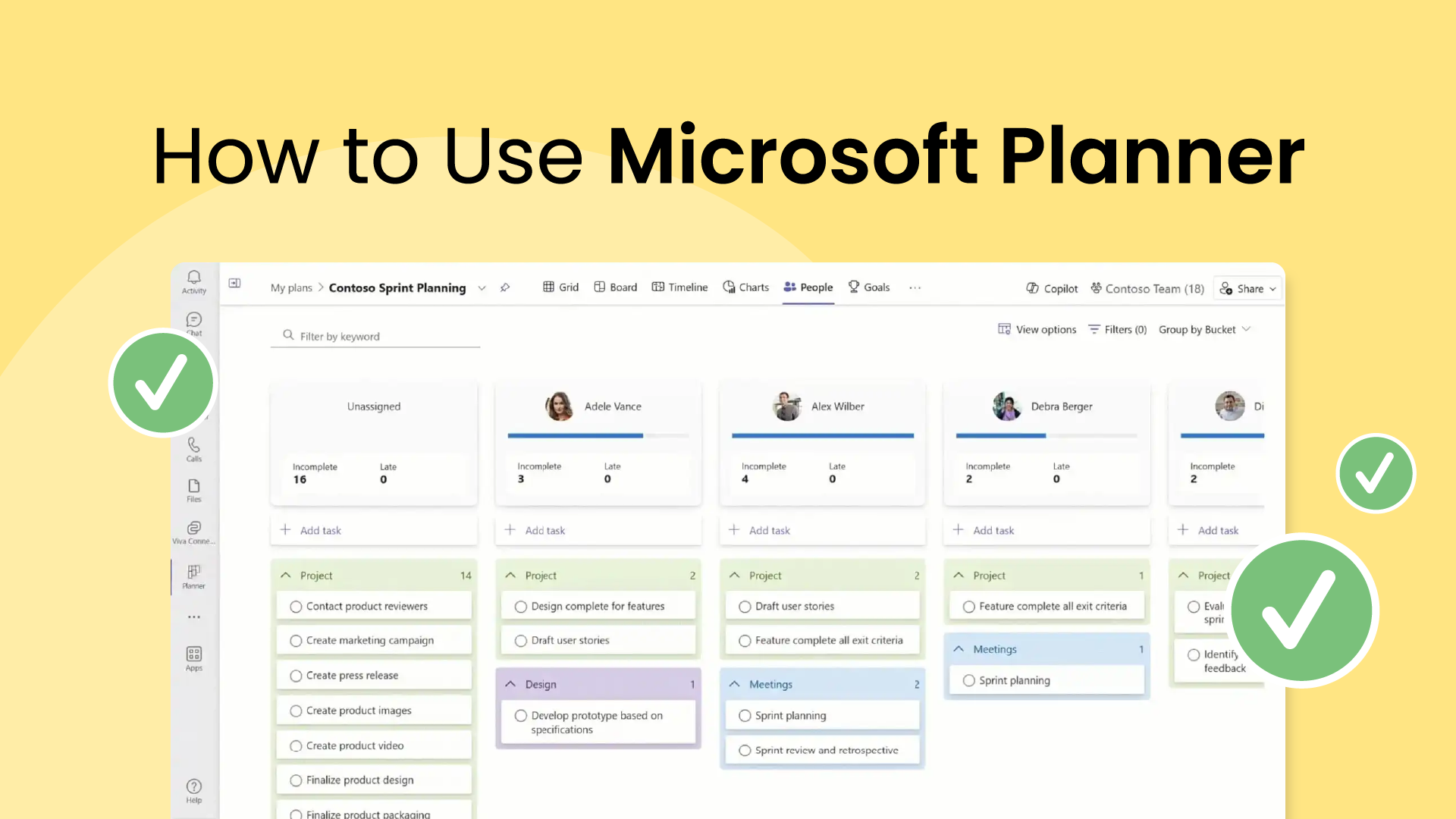What is a status report?
A status report is an update on a project’s progress so stakeholders can stay up to speed on timeline, tasks, and issues. Creating status reports is necessary for informing major stakeholders about a project's health and progress, aligning the team on project status, and keeping projects on track through proactive updates and team alignment.
Project status reports are frequently used for project communication, greater transparency, and timely decision-making. They typically include details on project scope, completed and pending tasks, budget status, risks, and next steps.
How do status reports work?
While every company or organization may do things a little differently, status reports, generally speaking, function the same way. Here’s a clear overview of how:
1. Data gathering to create status reports
The project manager or team lead collects up-to-date information on:
- Completed tasks: What has been accomplished since the last report?
- Pending Tasks: Activities that are currently in progress or scheduled for the next reporting period.
- Budget: Current spending compared to the projected budget.
- Risks & roadblocks: Any challenges or potential delays that could impact the project timeline or goals.
2. Updating the project plan
Depending upon the contents of the status report, the project plan is revised to reflect the current status. Stakeholders may decide to adjust their timelines, reallocate resources differently, or put new plans in place to mitigate or avoid risks.
3. Drafting the report
The information gathered is organized into a clear and concise format. Key sections usually include:
- Project summary: Brief overview of the project’s overall status.
- Accomplishments: Highlights key milestones or significant progress.
- Challenges: Clearly addresses any issues or delays.
- Next steps: Outline the plan for the upcoming reporting period.
- Distribution: Share with stakeholders and the project team.
4. Distribution
The status report is shared with relevant stakeholders, such as project team members, sponsors, clients, or executives. The distribution method (email, project management software, etc.) will depend on the organization's communication practices.
4. Review & action
Stakeholders review the status report. Discussions may take place to clarify issues, address concerns, and modify the project plan as needed.
What are the benefits of status reports?
A project status report isn’t merely about listing what’s been done; it serves as a key to keeping your projects on track. By providing regular updates, you can spot potential problems, roadblocks, or unexpected changes before they derail your progress.
Here are some of the major benefits of status reports:
- Improved visibility: An effective project status report provides a clear overview of a project’s health, making it easier to track progress toward goals. This includes categorizing the project as 'on track,' 'at risk,' or 'off-track,' and noting the budget spent, project schedule, scope, quality control, and risk management issues.
- Enhanced communication: Regular status reports facilitate open communication between project team members, stakeholders, and leadership, fostering a sense of collaboration and keeping everyone informed about the project's progress.
- Increased accountability: Status reports promote accountability by clearly outlining who is responsible for tasks and deliverables.
- Proactive problem-solving: By highlighting potential risks and issues early on, status reports allow for timely intervention and proactive problem-solving, preventing minor setbacks from turning into major delays.
- Stakeholder confidence: Well-crafted status reports build trust and confidence among stakeholders by providing transparent updates on project progress and budget utilization.
What are the challenges with status reports?
While status reports are incredibly valuable, they're not perfect. There are some common challenges to be aware of:
- Inaccurate or incomplete data: If the information provided in status reports is inaccurate or missing key details, it can lead to misinformed decisions and a false sense of project health. So make sure your team is thorough in preparing.
- Lack of context: Sometimes, status reports present bare-bones facts without explaining the reasoning behind delays or addressing the impact of potential problems. Without enough context, stakeholders may find it difficult to fully understand the situation.
- Time-consuming creation: Gathering data, updating project plans, and drafting a well-structured report can be time-consuming, especially for complex projects.
- Information overload: Overly detailed or poorly organized status reports can overwhelm stakeholders, making it hard to identify the most critical information.
- "Report for reporting's sake": If status reports become routine without being followed by meaningful action, they can lose their value and create a sense of administrative burden.
What are some best practices for status reports?
To maximize the value and impact of your status reports, follow these key guidelines:
- Keep it concise: Focus on the most critical information that stakeholders need to make informed decisions. Avoid getting bogged down in excessive detail, and instead link relevant content so they can go deep if they need to.
- Use visuals: Incorporate charts, graphs, or simple visual indicators (like red/yellow/green) to communicate project status quickly and effectively.
- Choose the right frequency: Depending on the project's needs, a weekly status report, monthly status report, or quarterly status report can be most effective. Weekly reports keep the team and stakeholders informed of the latest developments, monthly reports provide a more comprehensive overview of progress and upcoming plans, and quarterly reports offer a high-level summary of achievements and future goals.
- Tailor to your audience: Adjust the level of detail and technical jargon based on who is receiving the report. Executive summaries can provide high-level updates for busy stakeholders.
- Highlight accomplishments: Celebrate progress and milestones to keep morale high and acknowledge team efforts.
- Be honest & transparent: Address challenges and potential risks proactively. Don’t try to hide problems, as this undermines the purpose of the status report.
- Focus on solutions: Propose solutions to problems or offer alternative courses of action where applicable.
- Establish a consistent format: Use a standardized template to make it easier for stakeholders to find the necessary information.
- Use templates and examples: A project status report template can streamline the creation process, providing consistency and clarity in your reports.
- Set a regular schedule: Distribute reports reliably (e.g., weekly, bi-weekly) to build anticipation and ensure continuous alignment.



















